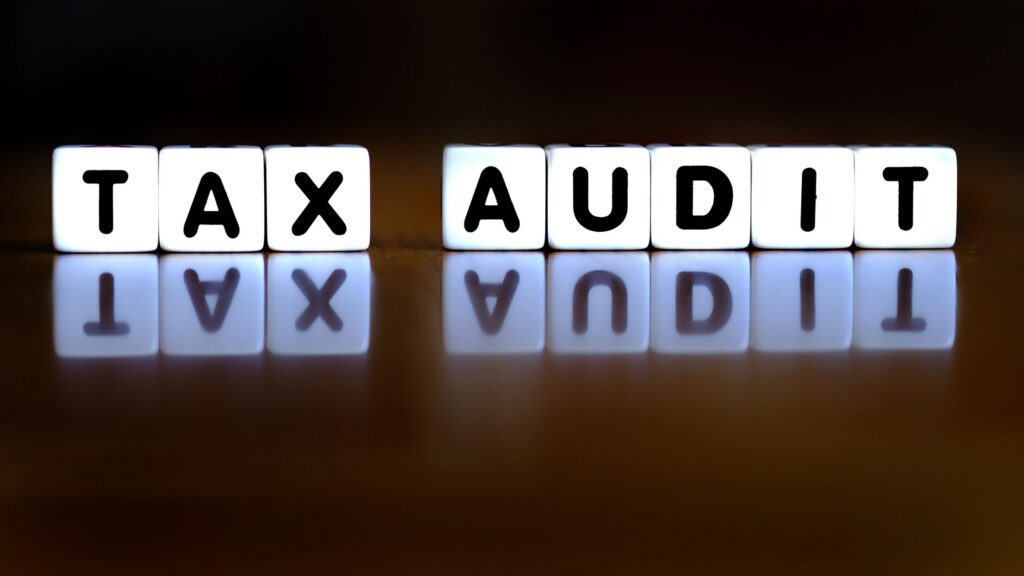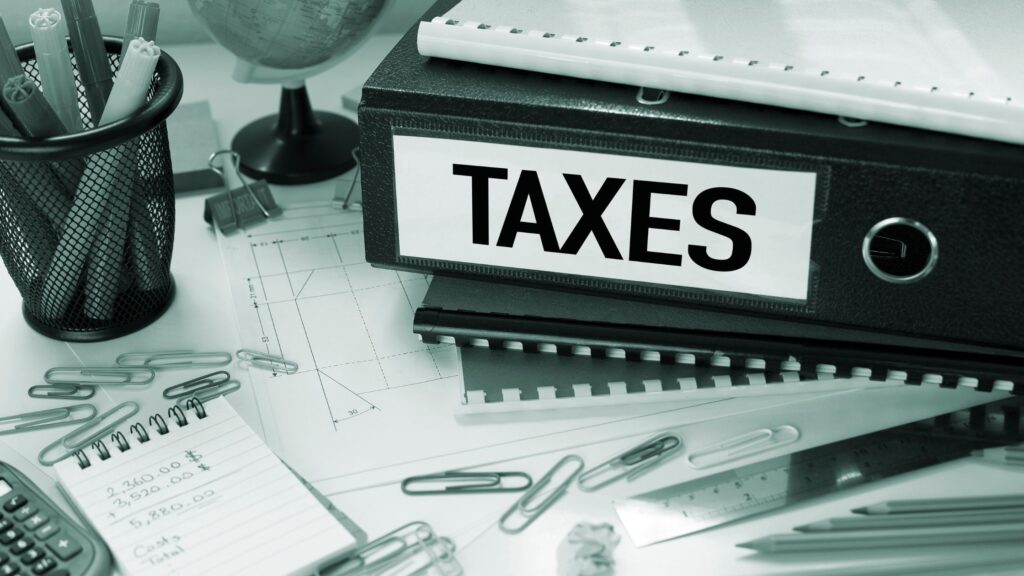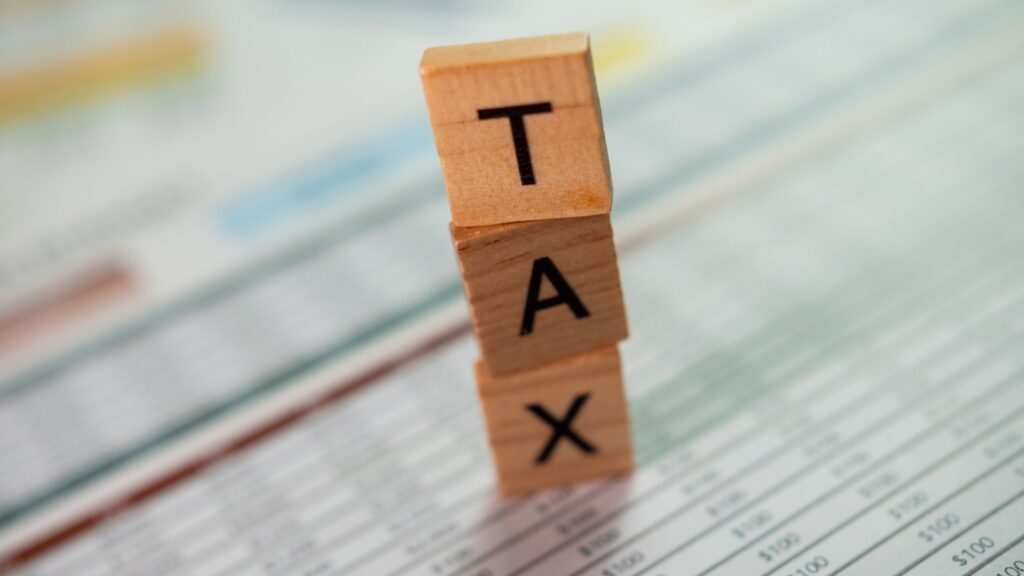The capitalization rate is used in the commercial world to indicate the rate of return which is expected to be generated on a real estate investment property.
The measure is based on the net income that the property is expected to generate on real estate investment property.
Now you might ask, How do you calculate the cap rate? Additionally, this blog will explore the methods for calculating the cap rate. And how cap rates for real estate.
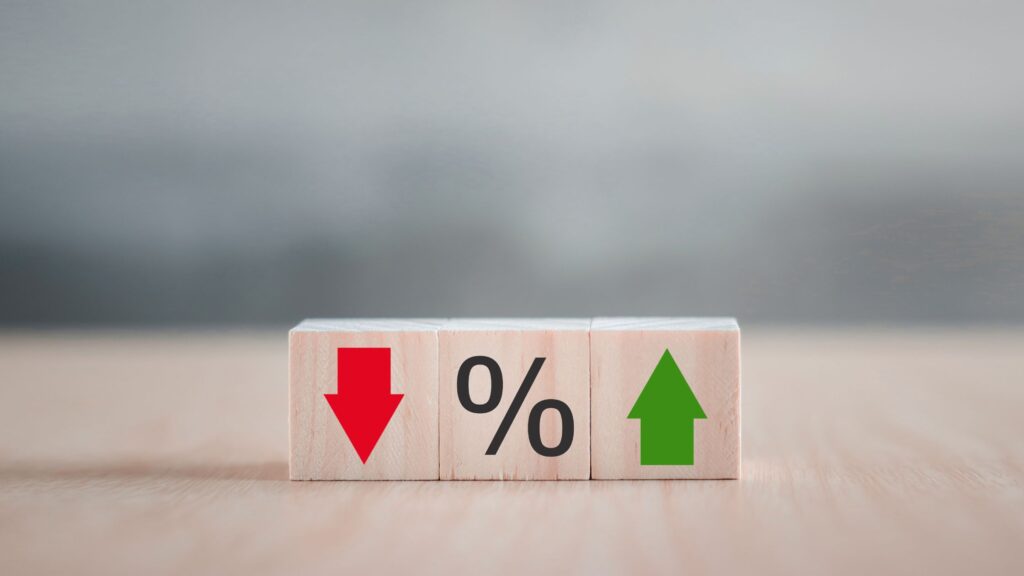
Table of Contents
ToggleHow is the cap rate calculated?
This measure is based on the net income of the property which is expected to generate and is calculated by net operating income by property asset value. It is calculated and expressed as a percentage. It is used to estimate the potential return on investment in the real estate market.
This figure also helps in determining the exit rate or terminal capitalization rate for property when it is sold at the end of project holding period.
The cap rate is used quickly to compare the relative value of real estate investment in the market. It does not take into account leverage in time and value of money or future cash flow in improvement among the other factors.
Understanding the capitalization rate
The cap rate is the popular measure through real estate investment assessed for profitability and return potential. The capitalization rate shows the property’s intrinsic value and the rate of return.
The formula for cap rate
There are various ways on how is cap rate calculated. To calculate the cap rate for a real estate investment, divide the net operating income by the current market value.
Capitalization rate= Net Operating Income/ Market value
Where,
Rental properties generate annual income known as net operating income, which excludes the expenses required for managing or maintaining the properties at the beginning.
These expenses include costs paid toward the upkeep of the facility as well as the taxes.
The current market value is the present-day value of the property as per the market rate.
Another formula for deciphering capitalization rate is:
Net operating income/purchase price
However, the second formula is not very popular for two reasons.First, it provides unrealistic results for older properties purchased years ago at low prices and cannot apply to inherited properties. As the purchase price is zero the division is not possible.
Moreover, as the property fluctuates widely the first version uses current market prices which gives more accurate results when compared to the second one which uses the original purchase price.
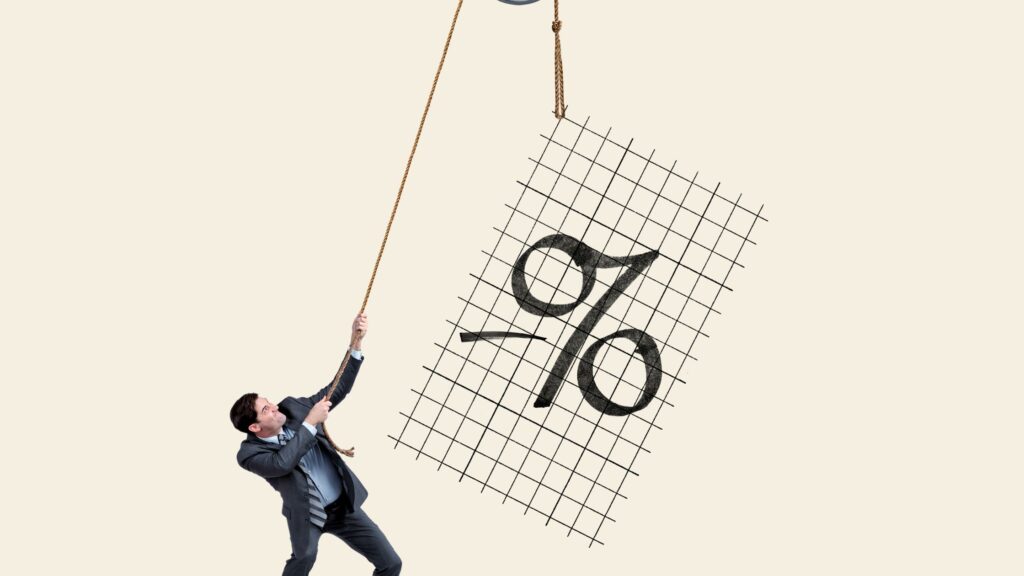
What the capitalization rate says
Since cap rates are based on projected values of future income it is subjected to higher variance. It becomes essential to understand it constitutes a good cap rate for investing in a property.
The rate also shows the duration of time it will require to recover the invested amount in a property. For example, a property cap rate of 10% takes around 10 years to recover its investment.
Different capitalization rates among various properties or across different time horizons on property. For instance, a property with a cap rate of 10% will take around 10 years to recover the investment.
Different cap rates among various properties across different time horizons represent several ways of risks. A look at the formula shows different levels of risks that generate higher net operating income and lower valuation.
How is cap rate determined
You can say there are two properties with similar features except for them being geographically distant. One of them being in the posh center of the city and the other being on the outskirts of the city.
All of the features are equal but the first property would be higher but the partial maintenance costs would be higher due to taxes. The city center would have a lower cap rate as compared to its higher market value.
This shows a lower cap rate corresponds to better valuation and better prospect of returns with lower risk. Moreover, a higher value of cp return shows a lower prospect of return on investment making it at a higher level of risk.
Conclusion
In conclusion, the capitalization rate is mostly used to measure the profitability of commercial rental properties. A higher cap usually shows higher relative income compared to the size of the initial investment. However, investors should consider other factors, such as risk and local market dynamics. To learn more about how cap rates are calculated and more on cap rates in real estate, visit Freedomfolio.

Frequently Asked Question(FAQs)
- What is the Cap Rate?
Investors use the cap rate as a financial metric to estimate the potential return on investment for a real estate property, calculating it by dividing the net operating income by the market value.
formula= NOI/ Property’s market value
- How do investors use the cap rate?
Cap rate is used in comparing profitability, determining the riskiness, and estimating the exit rate when a property is sold.
- What are some limitations of cap rates?
Cap rate is not the sole indicator of investment strength as they do not consider leverage, time value of money, and future cash flows.
- How are market supply and demand cap rates?
Areas with higher demand but minimum cap rate due to being higher competition among the investors. Areas with oversupply have higher rates.
- What do cap rates show?
Change in cap rates shows the trends in the real estate market if cap rates are going down it essentially means the property value is going down.
- What does the capitalization rate indicate?
A higher cap rate means there is a greater risk. However, rates do vary from property to property.


